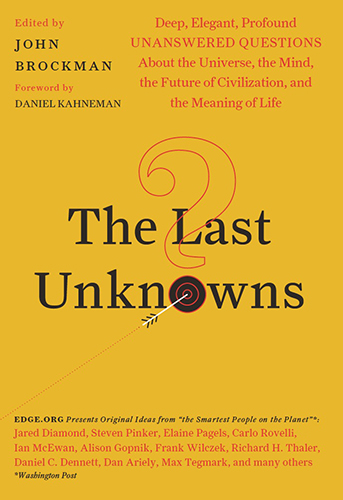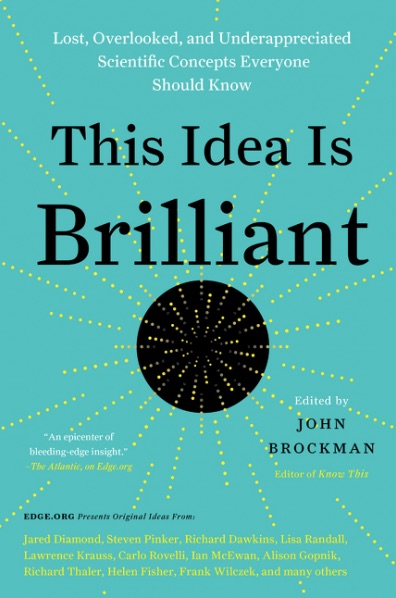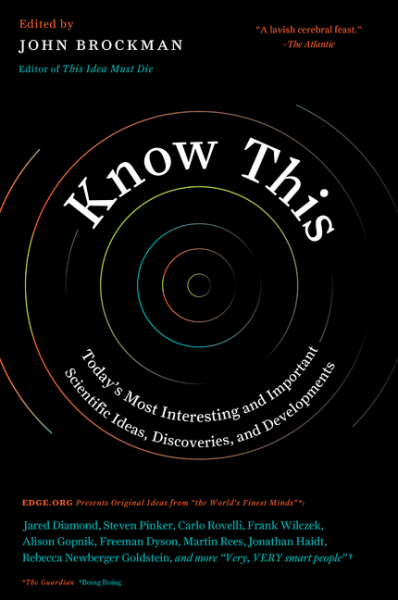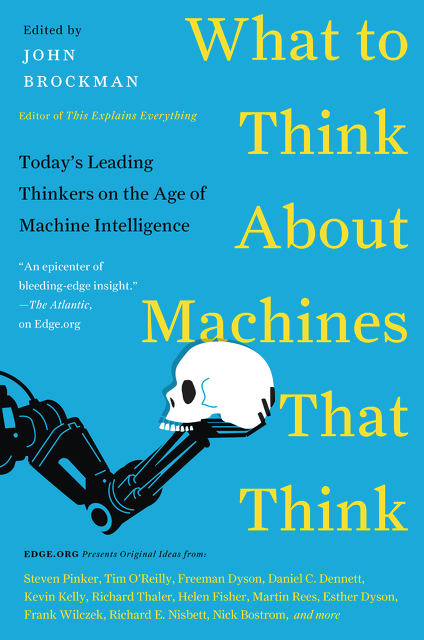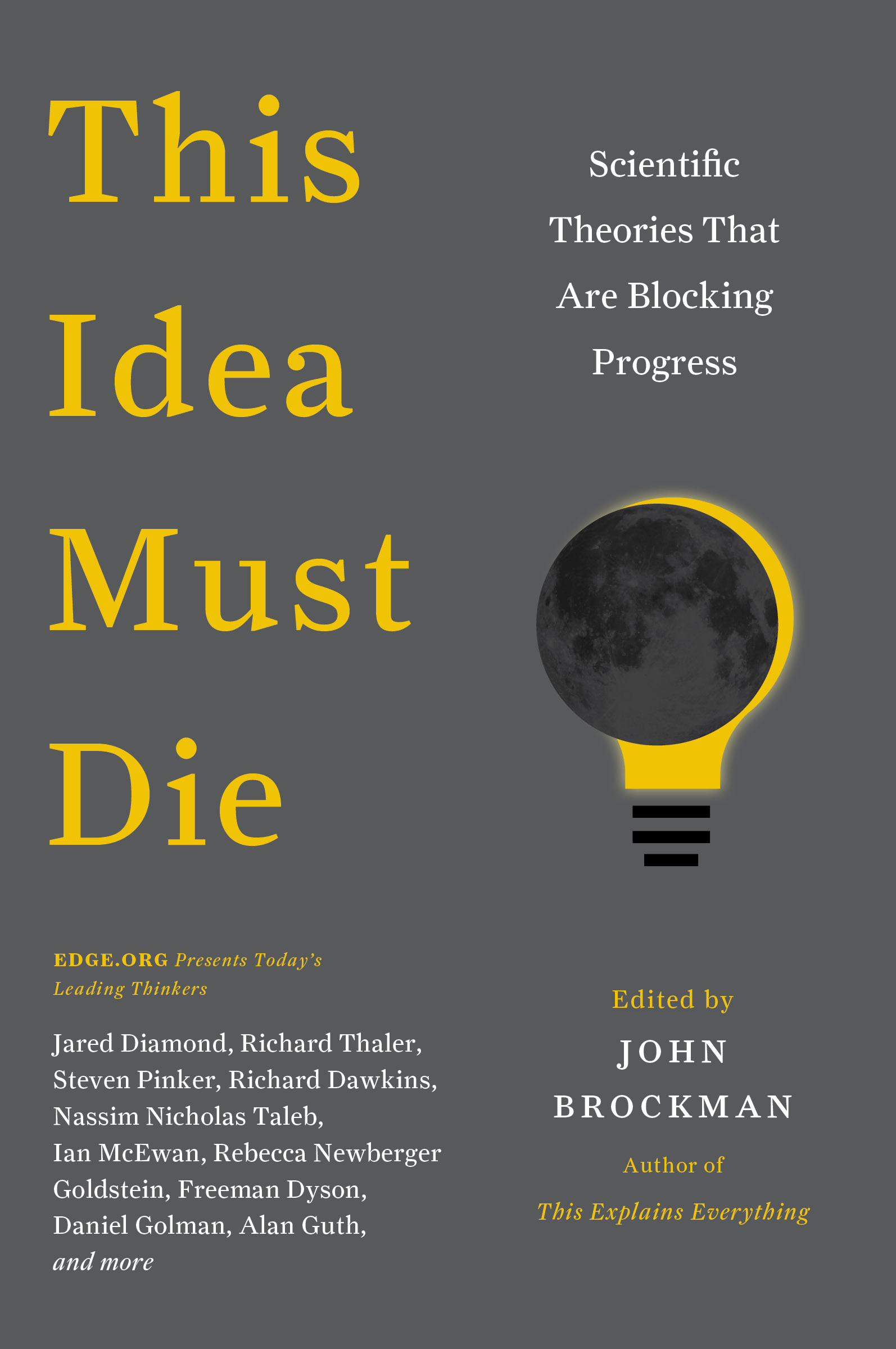The Elementary Particles of Memory
The most complicated structure in the universe known to us is the human brain, composed of 100 billion neurons. There are two aspects of this complexity. First is the circuit plan of our brains, encoded by the sequence of A, C, G, and T's in DNA, together with its epigenetic changes. This circuitry is our behavioral inheritance as Homo sapiens, endowing us with "vegetative" functions, like sleeping and eating, a basic cognitive toolbox, including perhaps the basics of grammar and counting, and individual tendencies, such as resilience or susceptibility to stress.
But the information encoding this complicated circuitry is miniscule compared with the range and capacity of human thought. An individual thought is due to the firing of a specific population of neurons, which is determined by ongoing sensory input in the present, and the ensembles of neurons within the basic circuitry that have been linked together by experiences in the past — our memories. This linkage, the physical basis of memory, is due to the experience-dependent, persistent strengthening or weakening of synapses, which allow specific groups of neurons to more easily fire together, even if only a few of the neurons in the group are activated by a sensory input. Each neuron has ~10,000 synaptic connections with other neurons. Thus the patterns created by the potential strengthening and weakening of a quadrillion synapses determine the number of potential memories in an individual.
Underlying this complexity, however, is a simple and deep organization to the changes in synaptic strength that keep these populations of neurons together to sustain long-term memories— a handful of physiological processes maintained by a few essential molecules. The first of these physiological processes, called long-term potentiation (LTP), was discovered in 1966 by Terje Lømo, who worked with Tim Bliss to produce the first systematic study of LTP in 1973. LTP is a persistent strengthening of synaptic connections triggered by a brief episode of high-frequency activity of those connections. The second physiological mechanism to store long-term information was discovered by Gary Lynch and Tom Dunwiddie in 1978, and is the inverse of LTP, long-term depression (LTD), a persistent weakening of synapses that is triggered by a different pattern of activity.
There are hundreds of molecules in the synapse that regulate the formation of LTP, but only a few that maintain the persistent strengthening over time. The key molecule maintaining LTP is a persistently active enzyme, called PKMzeta. Together with the molecules maintaining LTD that are still being determined, these elementary molecules store most forms of memory. Without the persistent strengthening of synapses by PKMzeta, the ongoing physiological process of LTP at the synapse collapses, and most long-term memories are erased. The animal returns to a "blank slate," with just its genetic inheritance of behavior.
The molecular mechanism for the formation of PKMzeta likely evolved over 500 million years ago in the Cambrian period. This event was a mutation in a gene critical for the development of polarized structures in cells, such as the wall of an epithelial cell that faces the inside of the gut, or a synapse of a neuron. The gene is for a protein kinase, an enzyme that catalyzes chemical reactions. But PKMzeta is an unusual form of protein kinase. Once made when LTP is triggered, PKMzeta is active all the time, rather than being turned on and off in response to other molecules. When mutations occur in genes for kinases that render them active all the time, they promote uncontrolled growth in cells, leading to cancer. However, the change in the gene that encodes PKMzeta also restricts the formation of the persistently active kinase to neurons. Because mature neurons are tethered to thousands of other neurons through their synapses, they cannot possibly divide and are remarkably resistant to forming cancers (most brain tumors in adults originate from glial cells, which readily divide). By restriction to cells that communicate but cannot divide, a mutation signaling continual growth, potentially deadly to an organism, was used to maintain long-term memory.
Without this accident in the Cambrian, life would have continued, the nervous systems of vertebrates would have evolved, and the behaviors of animals might have become quite complex, but no information could have been stored other than the slow accretion of instinct by natural selection. There would be no record of an animal's experience within its life, and for humans no culture, no knowledge of the world. For an individual, a consciousness that reflects on the narrative of one's life would be inconceivable.



